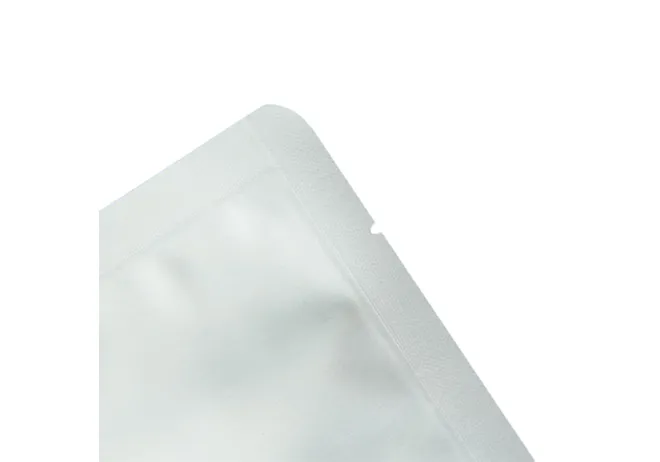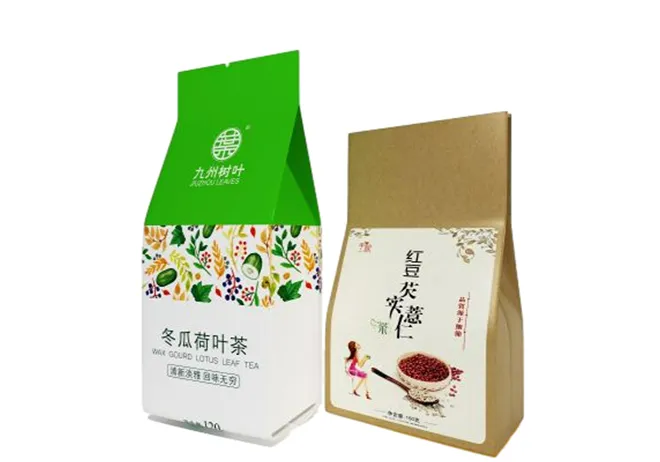The realm of dog food packaging transcends beyond being just a simple container; it embodies an intricate blend of innovation, hygiene, and sustainability. Many pet owners may overlook the significance of packaging, but it plays a pivotal role in ensuring the quality and safety of the pet food they purchase. Through personal experience, expert insights, and authoritative sources, an exploration into the elements of effective dog food packaging reveals essential aspects every pet owner and manufacturer should consider.

Foremost, understanding the significance of proper packaging begins with its role in preserving the nutritional integrity of the contents. Dog foods are often formulated with a delicate balance of proteins, carbohydrates, vitamins, and minerals. Exposure to air, moisture, and light can degrade these nutrients, rendering the food less beneficial for pets. High-quality packaging utilizes barrier properties to protect against these elements. According to industry experts, multi-layered bags with resealable features and vacuum-sealed packaging are instrumental in extending shelf life by maintaining freshness through limited oxygen exposure.
Moreover, the material selection for dog food packaging has evolved significantly. Traditional plastic and aluminum containers are gradually being replaced by eco-friendly alternatives. Biodegradable materials and recyclable components are garnering increased attention as environmental consciousness grows. Pet industry professionals vouch for the premium placement of such products on store shelves, as consumers tend to prefer brands that prioritize sustainability. In fact, recent statistics indicate a direct correlation between eco-friendly packaging and increased consumer loyalty and sales margins for pet food brands.

Authority in the field stresses that clear and honest labeling on dog food packaging is non-negotiable. The packaging should provide transparent information regarding the ingredients and nutritional content. Misleading labels not only violate regulatory standards but also erode consumer trust. Ensuring that labels meet the guidelines set by relevant authorities, such as the Association of American Feed Control Officials (AAFCO), establishes a brand’s commitment to quality and trustworthiness.
Safety, an indispensable aspect of dog food packaging, cannot be overstressed. Packaging should incorporate tamper-evident features as a deterrent against contamination and malicious tampering. Manufacturers have a critical responsibility to conduct stringent testing to ensure that packaging materials do not leach harmful chemicals into the food, thereby safeguarding pets' health. Research backed by authoritative health organizations confirms that stringent safety protocols by leading companies have significantly mitigated such risks, bolstering consumer confidence.
dog food packaging
In addition to traditional safety measures, the integration of technology in packaging has marked a new frontier. Smart packaging, which uses sensors to monitor the quality of dog food, is swiftly gaining traction. These sensors can detect spoilage and changes in temperature or humidity, prompting alerts for timely action to ensure the food remains safe for consumption. Industry leaders advocate for this technological leap as it enhances traceability and transparency, two critical factors for consumers when selecting pet foods.
Trustworthiness in dog food packaging is further amplified by the incorporation of convenient features. These include easy-open bags, handles for better portability, and clear portions marked for serving. These elements not only enhance the user experience but reflect the brand’s understanding of consumer needs. By addressing practical concerns through thoughtful packaging designs, brands solidify their reputation as caring and consumer-oriented entities.
From an expertise standpoint,
continuous innovation in packaging design is crucial. Collaborations between packaging engineers and animal nutritionists are paving the way for novel solutions that align with the evolving needs of pets and their owners. As noted by industry analysts, keeping abreast with packaging trends and consumer preferences is vital for staying competitive in the market.
In conclusion, dog food packaging represents a sophisticated intersection of science, safety, and sustainability. Through enhanced protection, transparent communication, and a commitment to innovation, brands can cultivate trust and loyalty among their consumers. By prioritizing these elements, manufacturers not only preserve the quality of their products but also contribute to the wellbeing of pets and the satisfaction of their owners. In a competitive market, effective packaging thus emerges as a crucial differentiator, underscoring the brand's expertise and reliability.